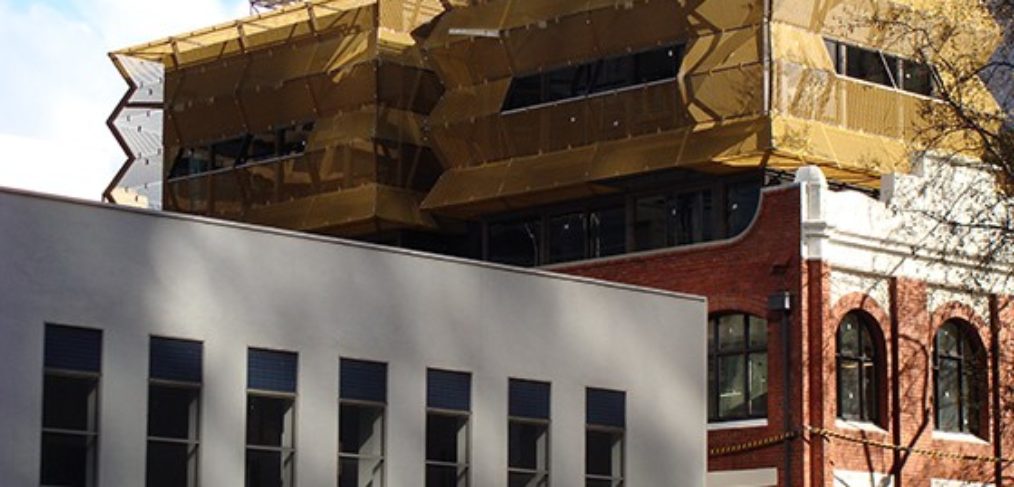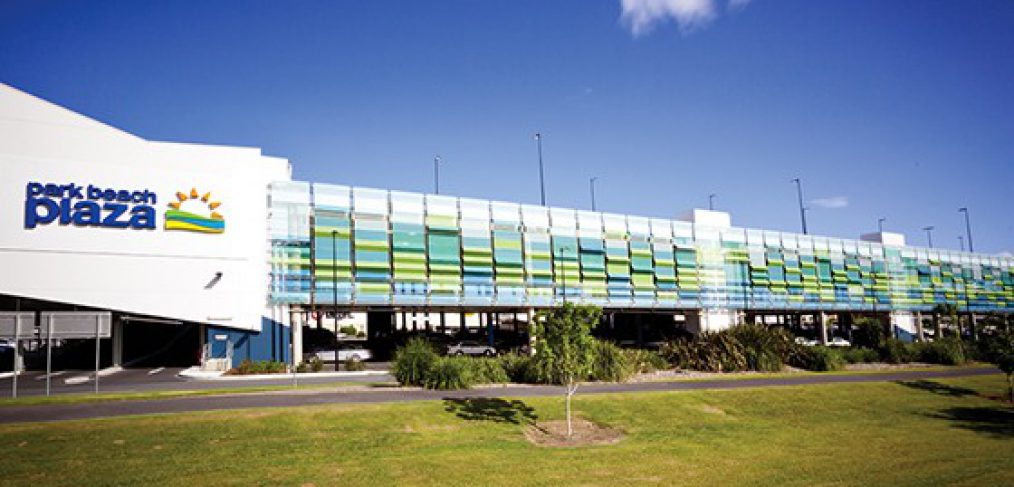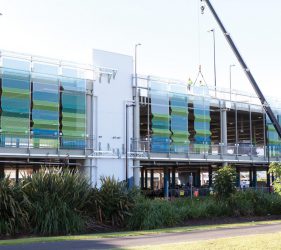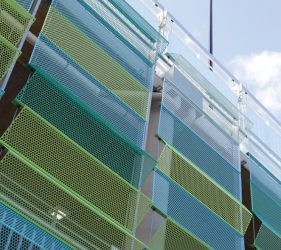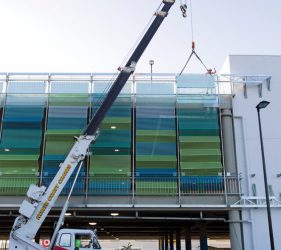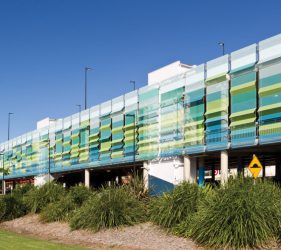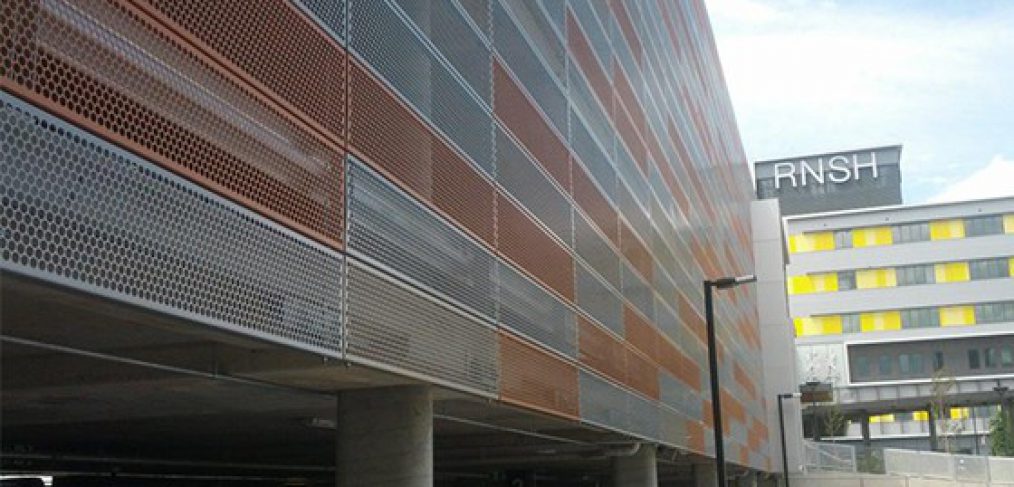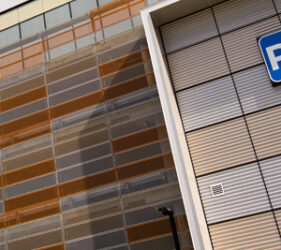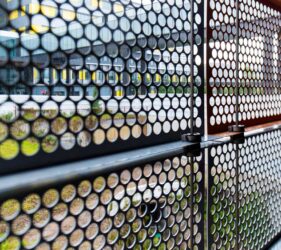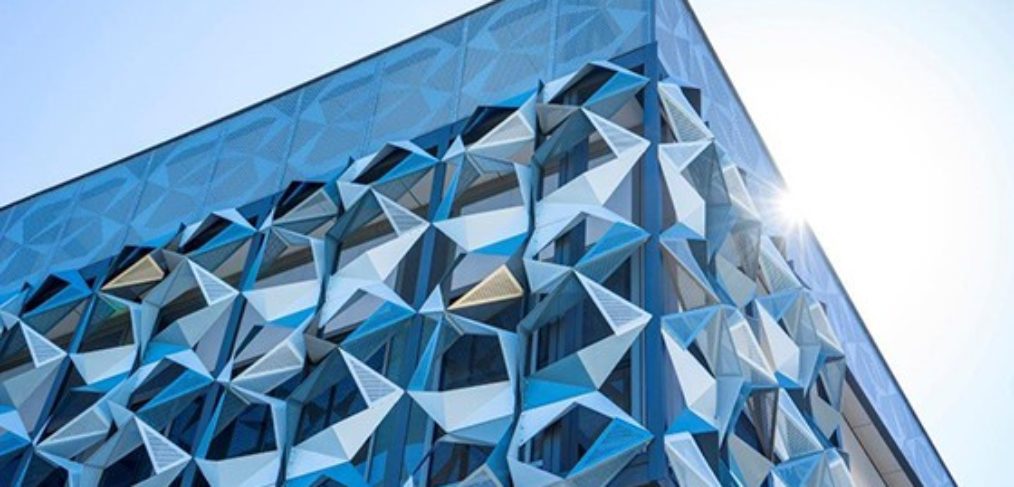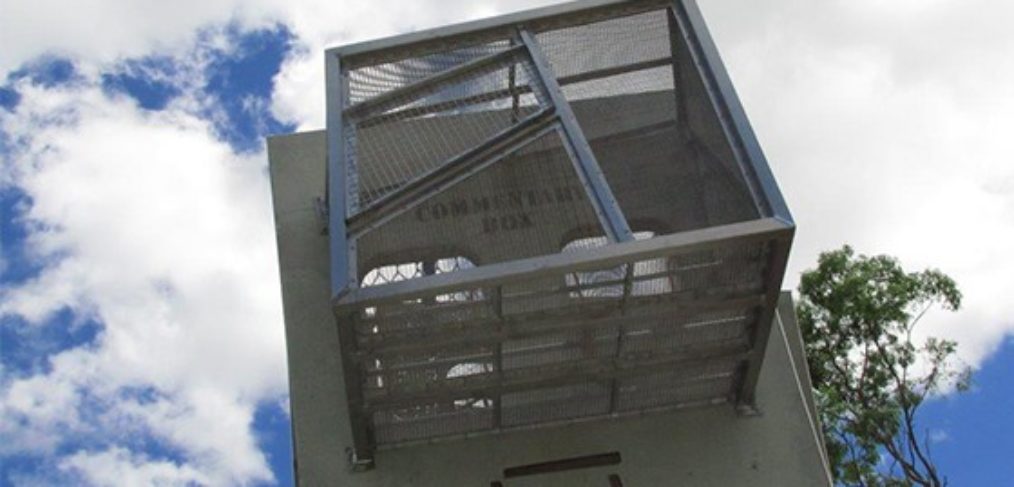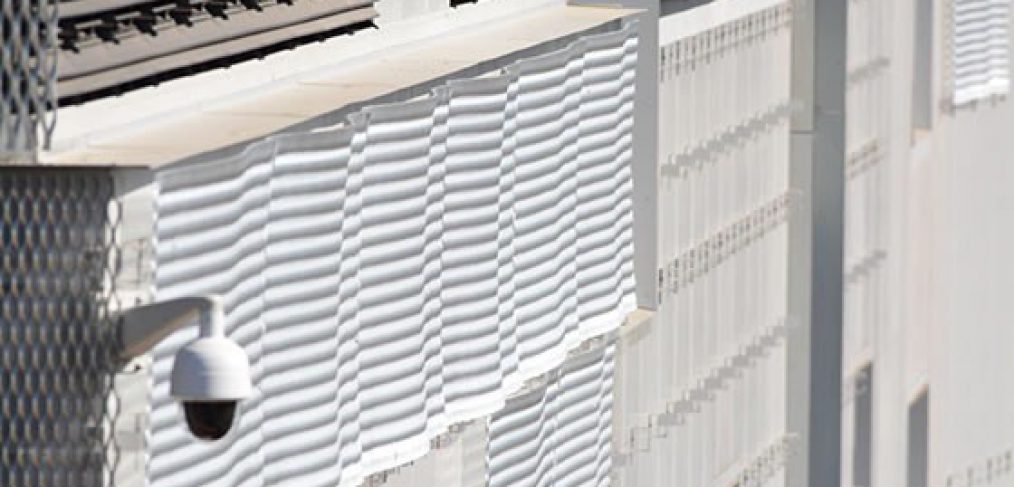Locker Group Case Study – Custom Perforated Panels & Pic Perf – John Curtin
Project Name:
|
John Curtin College of the Arts |
Location:
|
Fremantle, WA |
Architect:
|
JCY Architects |
Builder:
|
EMCO Building |
Application:
|
Facade |
Specification:
|
Custom Perforated Panels & Pic-Perf |
Photography:
|
Rob Burnett |
Commercial construction is a collaborative process more than anything else, from the initial design concept to the moment when the final bolt is screwed into place.
So, when JCY architects contacted Locker Group for a job, the latter applied its expertise throughout every phase of the endeavour, providing a comprehensive service on top of its custom-made products.
Preliminary considerations:
The Project was first conceptualised by administrators at John Curtin College of the Arts, who approached JCY to design a new building located in Fremantle, Western Australia (WA). The goal was to create an aesthetic building that would provide both solar shading to inhabitants and stunning views of the surrounding region.
Requiring a firm with both design and production capabilities, JCY sought the expertise of Locker Group, and its Architectural Sales Manager, Darren Stringer who, along with his colleagues, worked with the team to:
- Understand what the architects were striving to achieve
- Identify risks associated with the endeavour to prepare in advance
- Recommend Materials that met JCY’s requirements
At this point, Locker Group proposed a unique iteration of its perforated façade product; a 3D folded perforated panel, which was also replicated in Pic-Perf surrounding the internal stairwells, reflecting the origami-like folds in dappled light.
Providing guidance from start to finish:
Before initiating the manufacturing process, Locker Group provided a prototype of the recommended material and a panel prototype, to the design team. Upon finalisation of the design, Locker Group oversaw all elements of the façade package, from manufacture and coating, to fabrication and installation.
This granted Locker Group full visibility and control over the project, allowing them to foresee and handle any potential issues. A focus on the little things can have a big impact on the final product. When working with anodised aluminium, there’s a potential for ‘tiger striping’, an issue where the natural grains and imperfections within the aluminium are highlighted by the anodising process. To ensure consistency across the anodised finish, Locker Group sourced the material from the same batch, directly from the mill.
The 3D nature of the panel design would potentially be tricky to transport across the country unblemished. So, the perforated metal was manufactured in Melbourne and shaped in Perth, reducing the potential for finished panels to be damaged while en route to WA.
In any project, it’s not uncommon to discover challenges where the physical building differs slightly from the original project drawings. Locker Group was able to work with both JCY and EMCO Building to overcome any challenges as they arose, with simple modifications to ensure a smooth project delivery.
“It’s all about dialogue, communication and partnership, all with the goal of achieving a successful outcome,” said Mr Stringer.
The real value in working with Locker Group:
Partnering with a company that hides problems and ignored risks is the basis of an expensive project and an unpleasant experience. This certainly wasn’t the case when JCY collaborated with Locker Group.
The latter’s attention to detail, guidance and sense of responsibility enabled the project to go off without any major setbacks. Locker Group’s willingness to provide consultation in conjunction with its projects has earned it a favourable reputation among architects across the country.
“Like any project , you will always get challenges and problems—whether related to climate, job site requirements, conflicts with sub-contractors. However, maintaining an open dialogue allows us to collectively navigate these issues and deliver a positive outcome not just for ourselves but for our partners as well,” said Mr Stringer.
In this respect, “Locker Group is not so much a product – based company as it is a solution provider. Working with us means gaining a partner that will contribute its knowledge and resources to ensure a successful outcome.”

